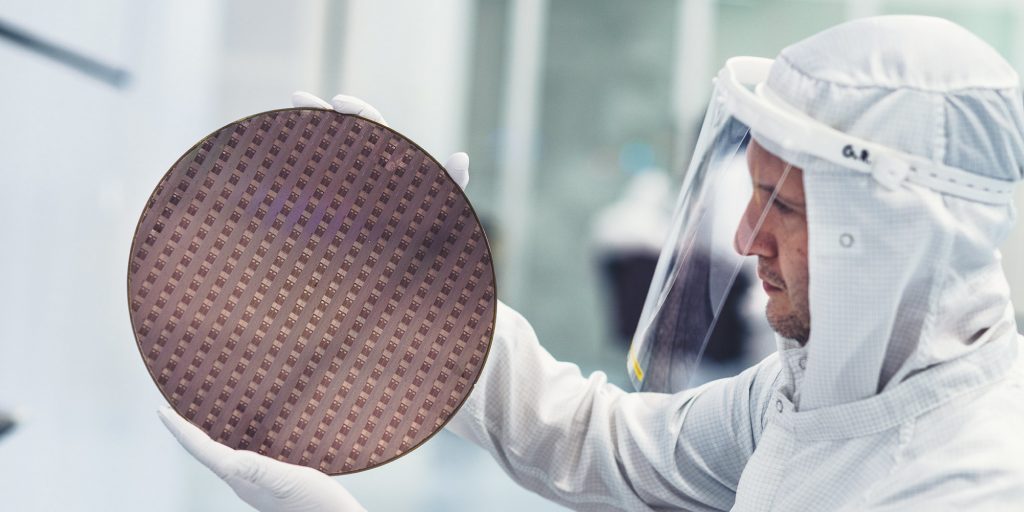Time flies and my second year of PhD is over. Candidates are approaching. After these two years of intensive study, I have fully immersed myself in the world of Spin-Orbit Torque Magnetic Random Access Memory (SOT-MRAM). Working on 300mm wafers, I have measured thousands of devices. This large dataset not only provided me with powerful statistical insights but also allowed me to dive deeper into the underlying physics of voltage-gated spin-orbit torque switching in multi-pillar SOT-MRAM devices. But that’s not all – my research could also make this technology super-efficient and ready for the real world by suppressing operating currents, increasing integration density, etc.


Life isn’t all labs and experiments. Leuven is where the fun gets even better! On a warm afternoon, I cooked up some Chinese BBQs with my friends – think juicy mutton and a symphony of flavors like chili, cumin, and a sprinkle of magic (also known as MSG). Amazingly, pairing it with Belgian beers is like a taste explosion from two different worlds!
Now, it’s time to prepare my interim report and I am looking forward to my upcoming CEA secondment.




